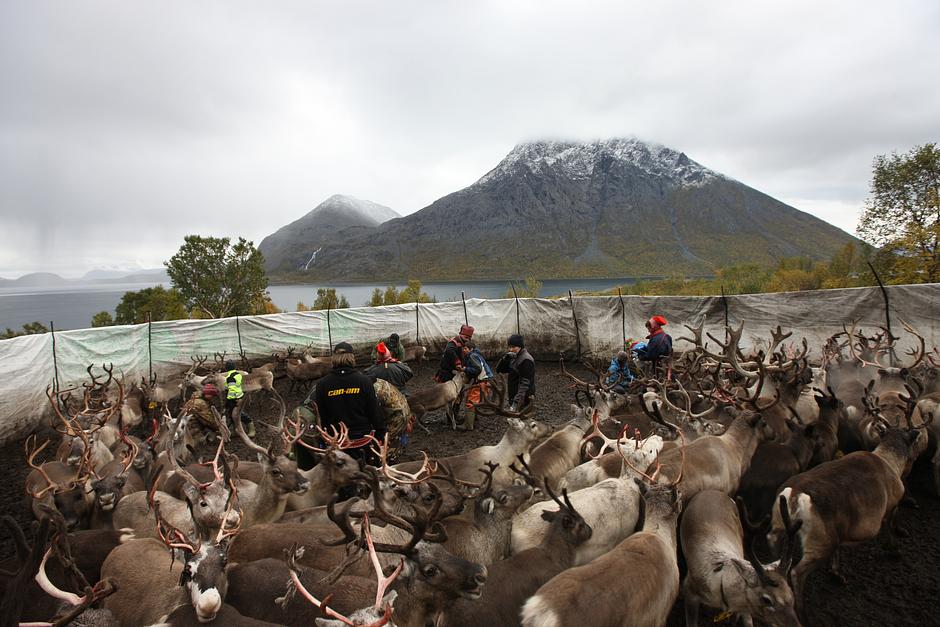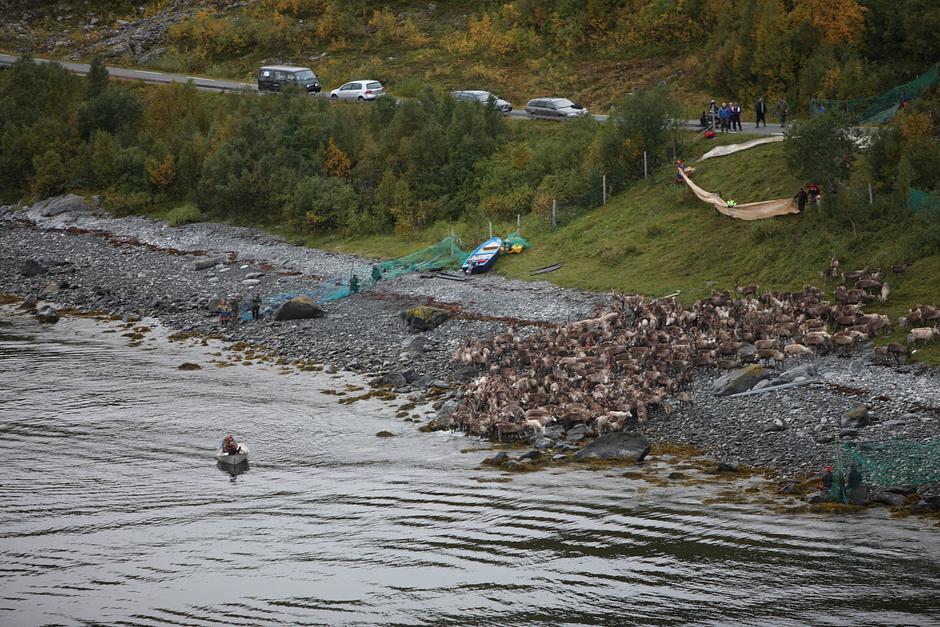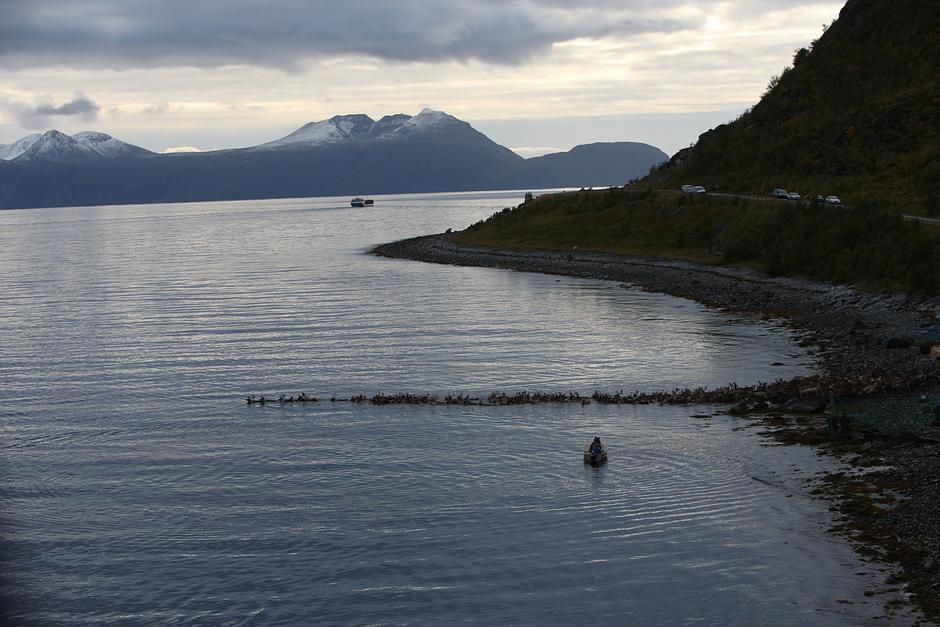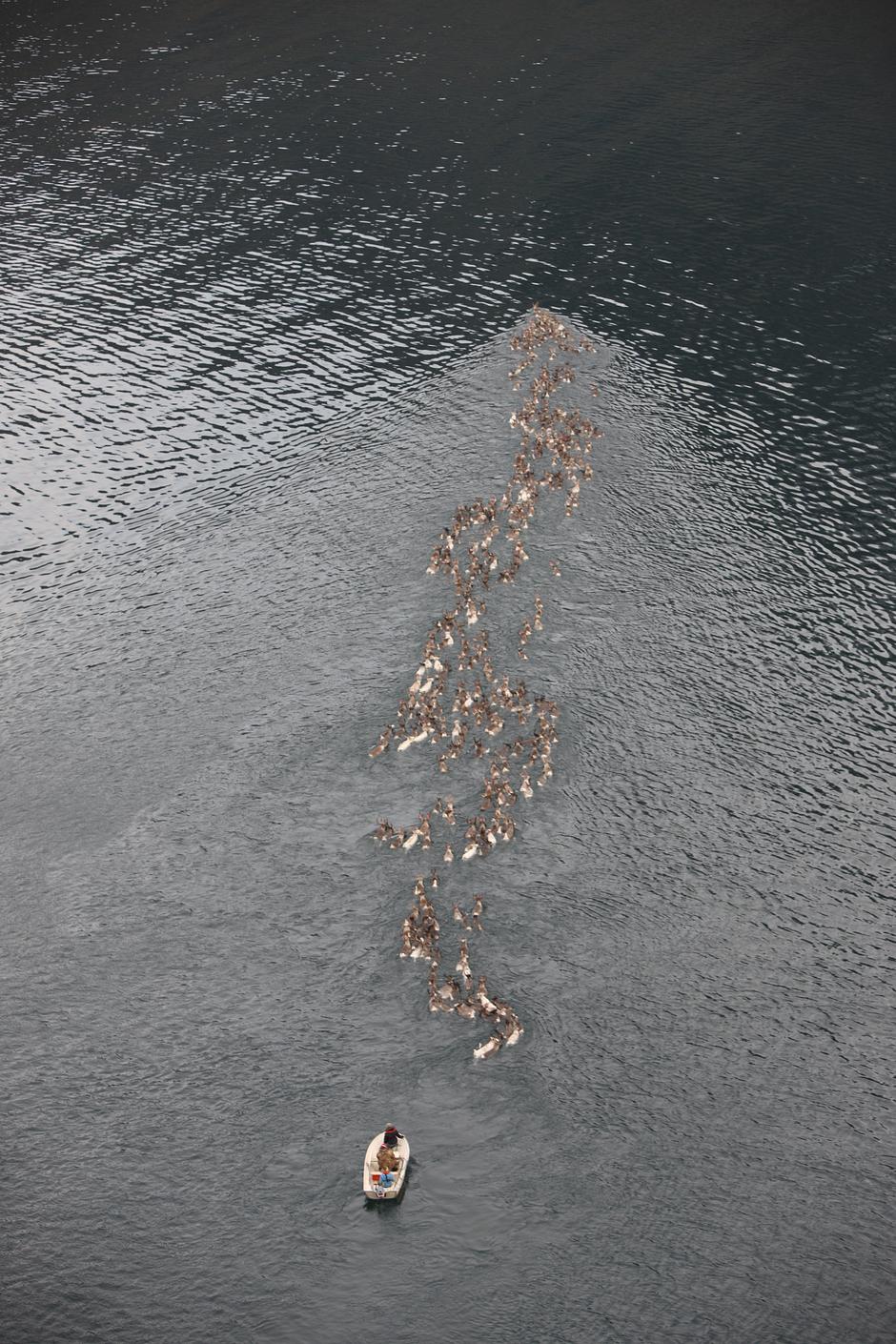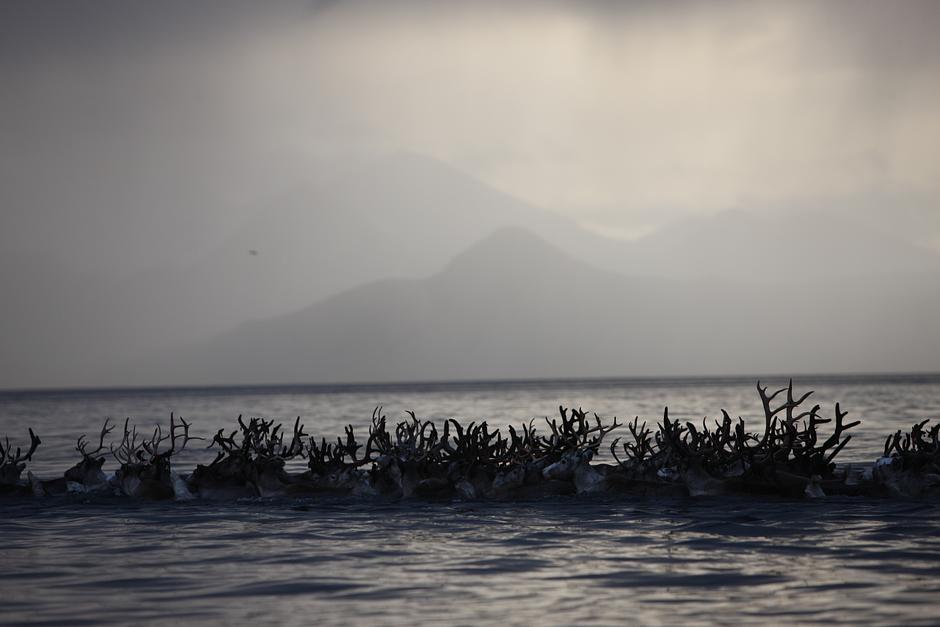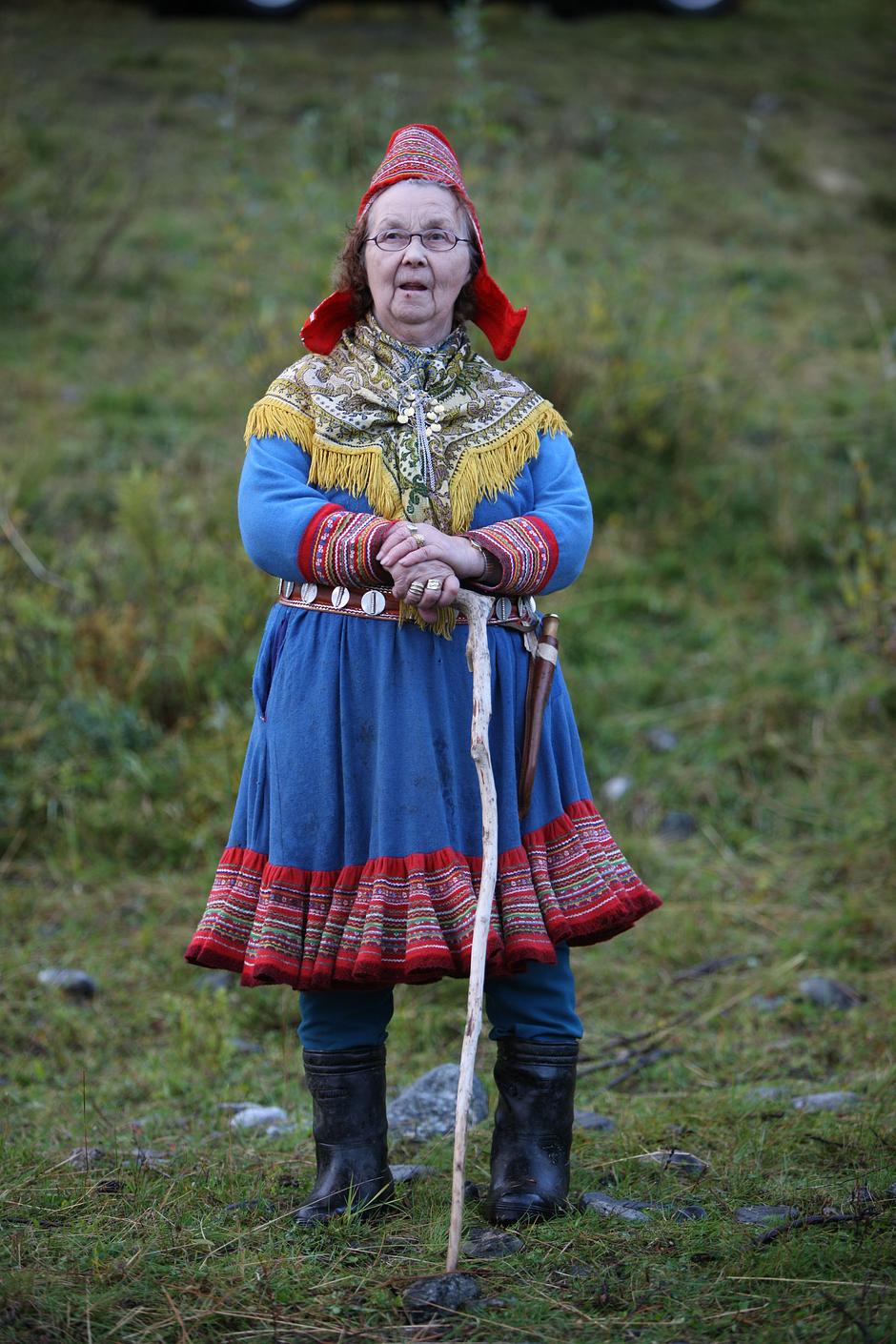'Our souls touch': Sámi reindeer herders
The Sámi are the indigenous reindeer herders of Scandinavia. These stunning photos show a herd on its annual migration between the summer pastures and the wintering grounds.
Autumn in northern Norway: reindeer gather among the birch trees of Arnøy island, high above the arctic circle.
It is thought Sámi ancestors arrived in the region soon after the end of the ice age, approximately nine thousand years ago.
During the summer months, Sámi herders round up their reindeer in Arnøy’s high mountains, in preparation for the migration to the tundra plateau on the mainland.
The light snow cover on the tundra during the winter months means the moss on which the reindeer feed is relatively easy to find.
The herd needs to swim across Kågsundet fjord to reach the mainland. Before the swim begins, the herd is corralled in order to unite calves with their mothers.
The Sámi were traditionally nomadic or semi-nomadic; their ways of life closely tied to reindeer-herding, hunting, trapping and fishing. Like many indigenous peoples, reindeer-herding Sámi have recently lost large tracts of pastureland as a result of dams, mining, tourism and other ‘development’ schemes.
Today, only a minority still herd reindeer seasonally. Many Sámi herders now use snow mobiles and boats to support their herding, says Sophie Grig, Senior Campaigner at Survival International. Yet their lands and reindeer remain central to their identity.
The corrall allows the herders to identify the owners of the young deer; ear-marking, health checks and vaccinations are subsequently carried out.
Ear-marking needs to take place before the herd begins the swim across the fjord; by the time they have reached the mainland, many calves will have separated from their mothers.
The herd can number between 3,000 and 5,000 reindeer; it takes a week for the entire herd to swim between Arnøy and Kågen.
The migration is therefore carried out in stages: here, the ‘lead’ herd enters the fjord.
The reindeer is not just an animal to us, but an entire way of life, says a Sámi herder.
A small boat follows the herd, ready to assist any calves that are not strong enough to swim the distance.
Every part of the reindeer was once used by herders; the antlers to make buttons, the blood for sausages and the skin for snow shoes, which were then stuffed with sedge grass for extra warmth.
The Sámi consider the 3 kilometer swim across the fjord to be the most treacherous part of the herd’s migration.
If one calf starts swimming in a different direction, the entire herd can follow.
The swim takes approximately 30 minutes.
A hundred hooves power their way through the freezing waters of the fjord, the dark mountains of Uløya rising in the distance.
The history of the Sámi people is the history of human adaptation to the Arctic climate and nature, said Lars-Anders Baer, herder and President of the Sámi Parliament in Sweden. The Sámi view of the relationship between humanity and nature is one of an integrated whole.
© Jason Roberts/Jason Roberts productions
The herd remains on the mainland until late April or early May, when the migration begins again in reverse, and the plateau’s vegetation is left to recover.
Once back on Arnøy island, the reindeer graze on fungi, leaves and grass.
Berit Logje Siri watches the herd swimming across the fjord.
The industrialisation of Sápmi, the assimilation of the Sámi and the Norwegian government’s lack of recognition of the Sámi’s rights to their lands have had a vast impact on herding.
For many Sámi herders, however, time is still measured by the seasonal migrations of their reindeer.
My people have been living with reindeer for thousands of years, said a Sámi herder. We’ve become very close. You could say that our souls touch, or better still, they overlap.
© Jason Roberts
Other galleries
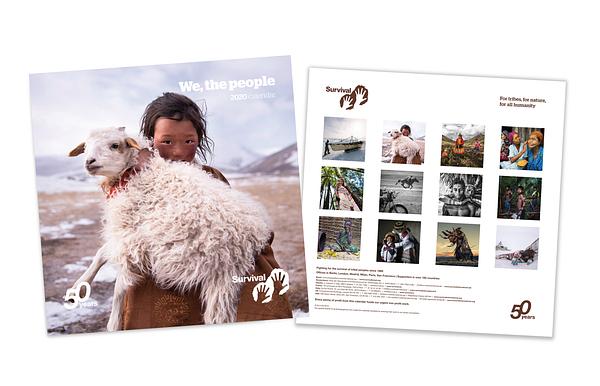
“We, the People” 2020 Calendar
Discover a new tribal portrait each month with the Survival International “We...
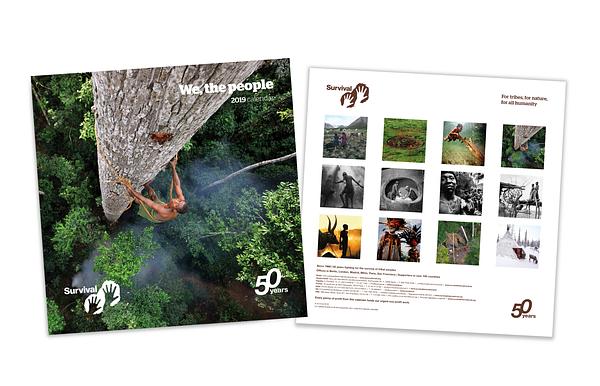
“We, the People” 2019 - The 50th anniversary Calendar
Our “We, The People” 50th Anniversary Calendar features stunning portraits of...
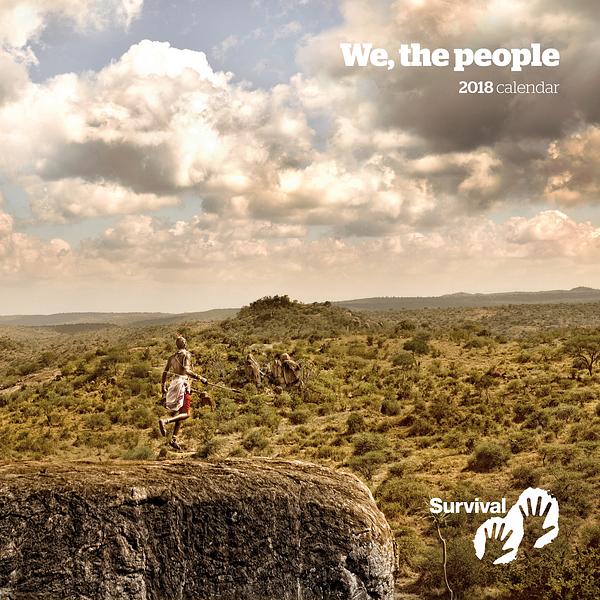
"We, the People" 2018 Calendar
Discover a new tribal portrait each month with the Survival International "We...


